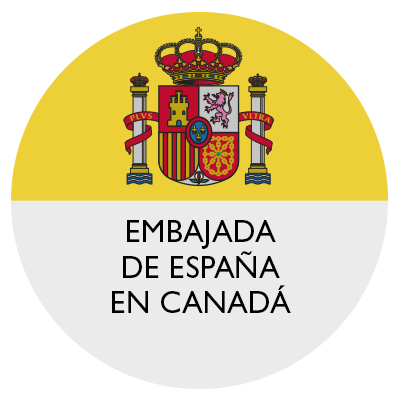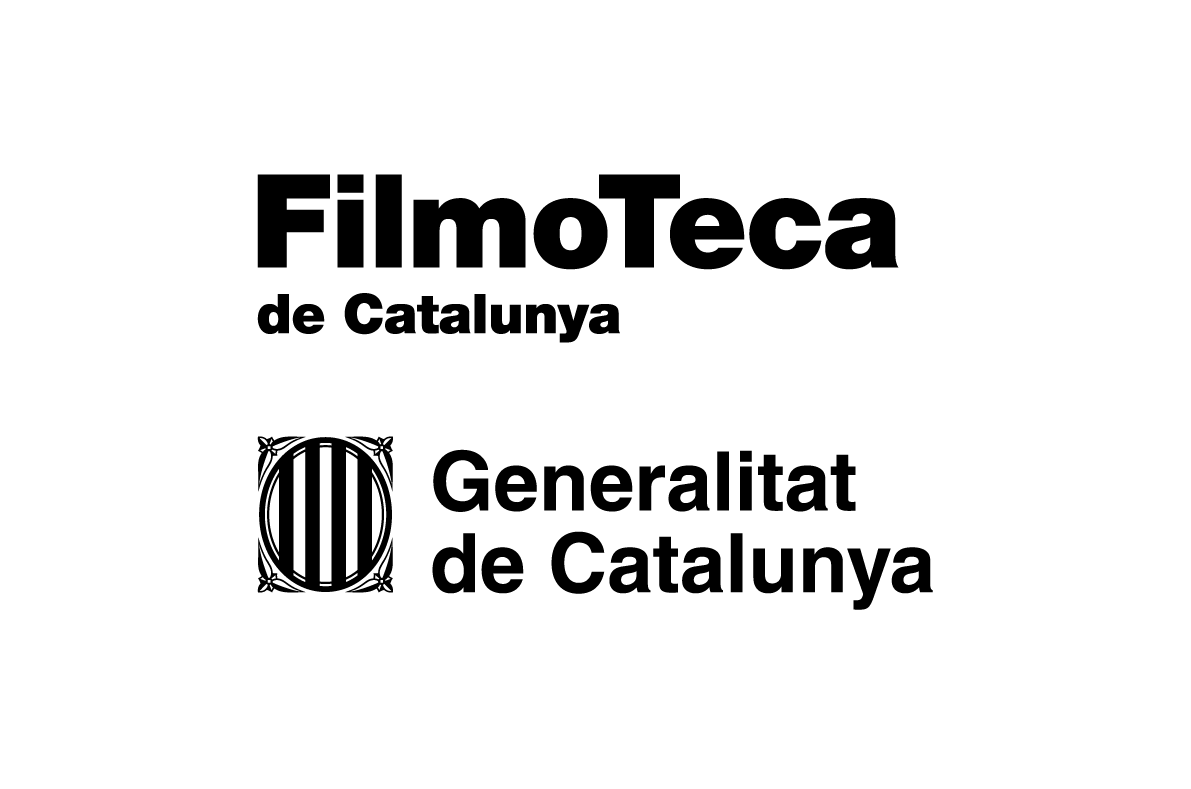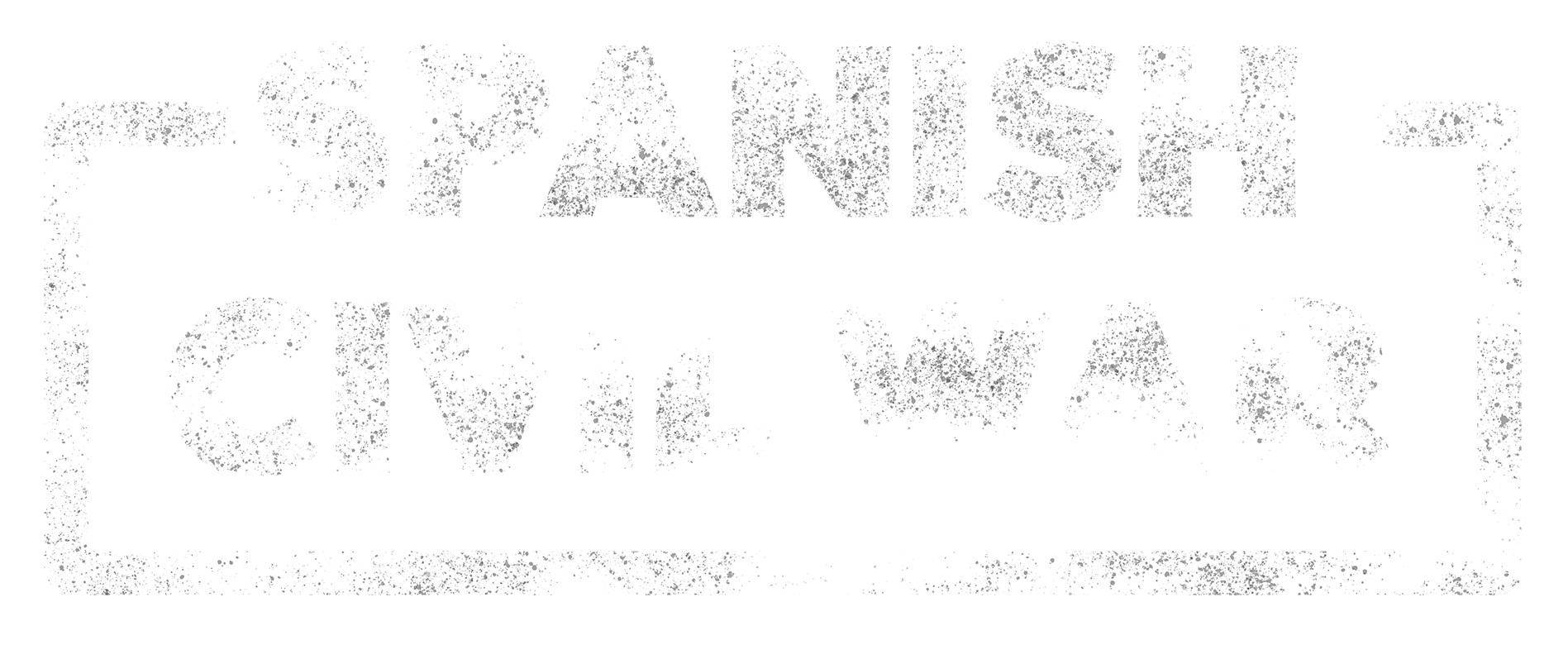The Ballad of the North
Creator: Zapico, Alonso (1981- )
Source:
Alfonso Zapico
Date Created: 2015, 2023
Extent: 1 item
43.263, -2.935
The Ballad of the North [La balada del norte] is a series of four graphic novels published by Astiberri between 2015 (the date of the first publication) and 2023 (the conclusion with the fourth and final volume). The story was not originally intended to become a saga, but out of sheer narrative necessity, I extended it over four volumes and nearly one thousand pages.
The series tells the story of a key historical event in the first half of 20th-century Spain: the October 1934 Revolution in Asturias—a movement that initially spread across the country but endured for a brief and violent two-week period only in the coalfields of Asturias and León.
There are four main characters, each featured like a figurehead on the covers of the four books: the miner Apolonio (an archetype of the rough but noble worker, and the character who anchors the entire narrative) who is shown here, the Marquis of Montecorvo, owner of the Northwestern Mining Company, his son Tristán Valdivia, a rebellious aristocrat with dreams of becoming a journalist, and Isolina, Apolonio’s daughter, a fiercely independent woman whose role becomes increasingly central as the story unfolds. Structured like a classic novel, the series contains the story of an impossible love between Tristán and Isolina—a thread that guides readers through the four volumes and offers a three-dimensional perspective on all aspects of what took place during the “Asturian October.”
The story is set in the fictional town of Montecorvo del Camino, a stand-in for many mining towns in the two coal basins of Asturias. In the panels depicting Montecorvo, we see locations that can still be found today in places like San Martín del Rey Aurelio, Mieres, Langreo, and Laviana. Similarly, the fictional characters cross paths with historical figures from this turbulent period of the Spanish Second Republic: Alejandro Lerroux and his ministers, Francisco Largo Caballero, Indalecio Prieto, revolutionary leaders like Belarmino Tomás and Ramón González Peña, and Africanist military figures such as Lisardo Doval and even Francisco Franco himself—portrayed here as the temporary savior of a Republic he would go on to destroy just a few years later.
In this coral graphic novel (or rather, tetralogy), I approach history from the perspective of anonymous individuals who, rather than leading events, are swept away by them. Most of the events depicted—whether in the illustrated scenes or in the anecdotes shared through the characters' conversations—are authentic. The bulk of the historical documentation comes from oral, family, or collective memory that still lingers in the coalfields of Asturias and must often be extracted—like coal itself—from the relentless grip of oblivion.
It is important to recover stories like that of the Revolution of 1934 to better understand the Civil War, Francoism, and contemporary Spain—even to decipher where the country is headed. Telling it in the language of comics allows us to make complex stories accessible and helps us reach a broader audience. It is the ideal medium for educational purposes, for working with high school students, and for reaching young people, many of whom are manga readers, through an engaging narrative format whose codes they already understand.
AZ







